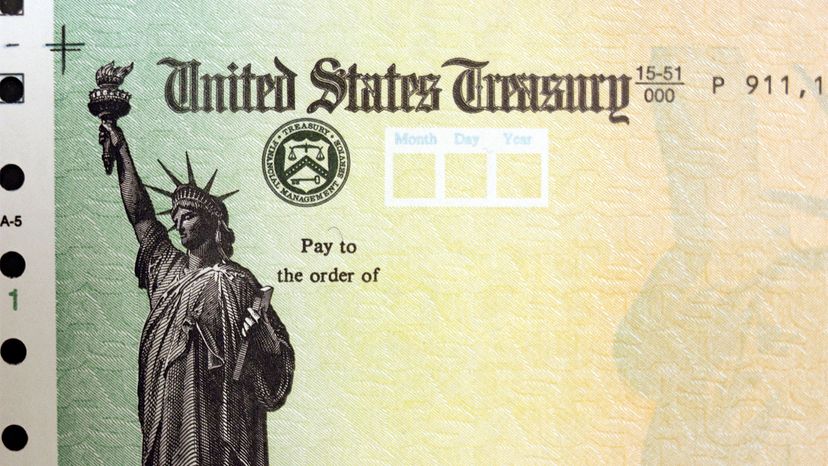
Everyone in the United States who receives a Social Security check will get more money in 2019. The 2.8 percent bump is the result of a cost-of-living adjustment (COLA) prompted by rising inflation rates.
The 2.8 percent increase, which amounts to about $39 per month for the average retired worker, is the largest in seven years, according to the Social Security Administration. It will affect about 70 million Social Security recipients, who range from retirees to disabled workers, and surviving spouses and children. The increase is notable because it follows years of low inflation, and therefore, little adjustment to Social Security payments.
Advertisement
As this increase is set to take place, many people are wondering who — or what entity — makes the decision. Despite some reports that the U.S. president is solely responsible for Social Security increases, sitting presidents don't make the call. Ever since a legislative vote in 1975, Social Security increases occur automatically and are carried out by the Social Security Administration. Prior to 1975, each Social Security increase required an act of Congress.
The automatic Social Security increases are determined by a percentage increase in the Consumer Price Index for Urban Wage Earners and Clerical Workers, which is calculated monthly by the Bureau of Labor Statistics. However, if the price index sees a decline, Social Security payments don't decrease, but remain static.
Although the increase is good news for recipients, there are reports that it is not enough to truly keep pace with cost of living expenses. A June 2018 study by the Senior Citizens League finds that in 2017 alone, Social Security recipients fell 4 percent behind the rise in their actual cost of living.
Advertisement
